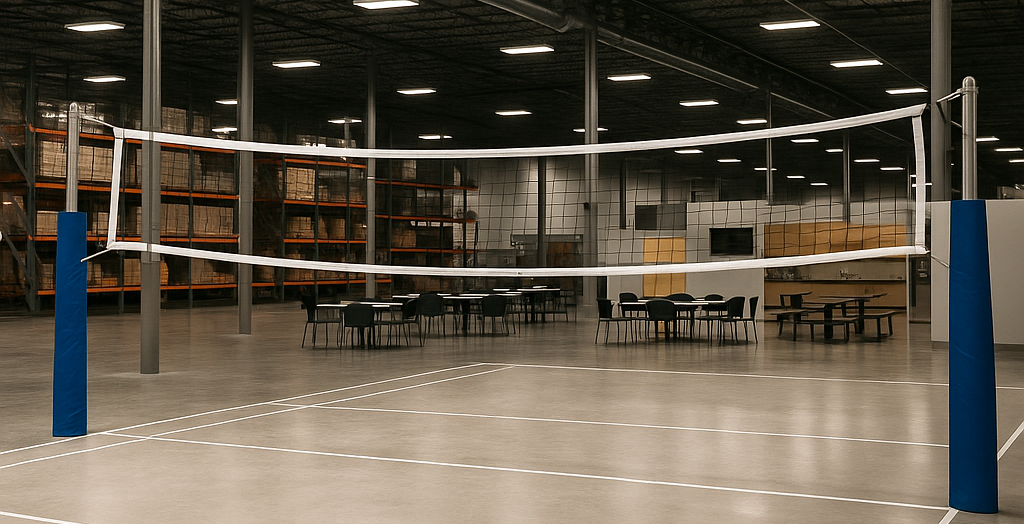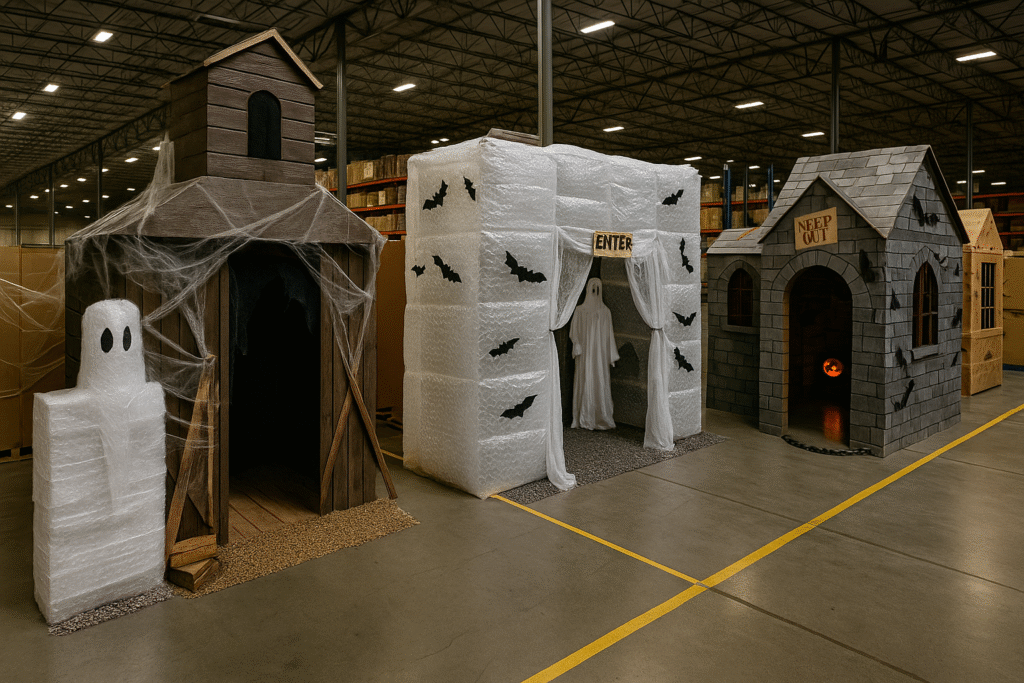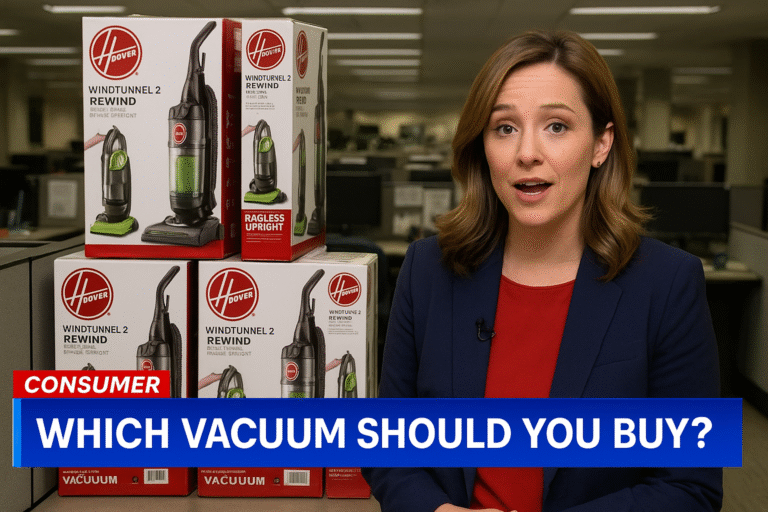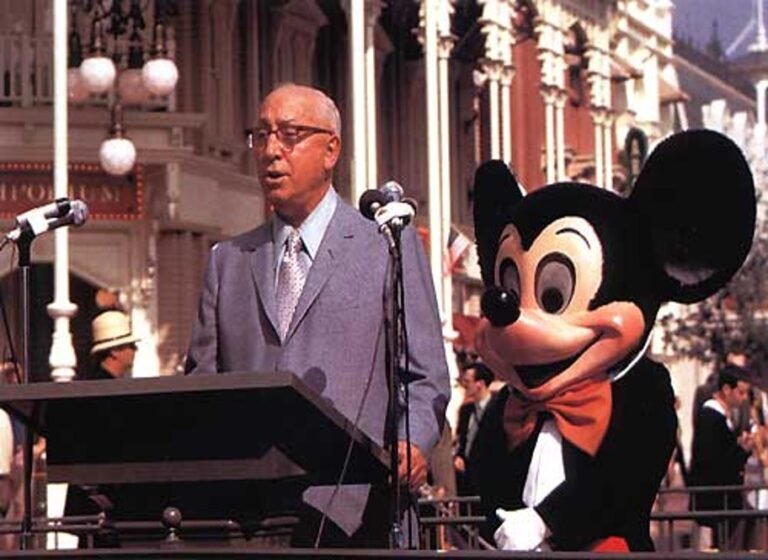Oakley Trick or Treat
I got a call from Oakley one spring — they wanted help with some engineering and leadership consulting at one of their Southern California facilities. I was pumped. I mean, it’s Oakley. Cool brand, great culture — how bad could it be?

After a few weeks on-site, I built out a training program for their leadership team. Participation was strong, energy was high, and honestly, the team was way more hip than most groups I’d worked with. It was Oakley, after all — everyone looked like they’d just walked out of an ad shoot.
Later that week, the site director mentioned that they were holding a clearance sale, clearing out last season’s apparel from the warehouse. He said,
“You can fill three bags for ten bucks each.”
I’m not much of a shopper, but at that price? Yeah, I was in.
Down at the far end of the building were massive piles of clothes dumped on the floor — ski pants, board shorts, shirts, gloves, you name it. I filled my three bags like a champ. My entire family was about to look like an Oakley commercial.
But what stuck with me wasn’t the sale — it was the facility itself.
Right near the break area was this wide-open space with a full volleyball court. The cafeteria was set up around it — out in the open warehouse, no walls, no partitions. I remember thinking, this can’t be right.

Cafeterias are supposed to be sealed off, protected from dust and debris — not next to forklifts and pick lines. And volleyball? On company property? That’s a lawsuit waiting to happen.
But I was wrong. HR had figured it out. They had safety rules — no “kills,” no blocking — just friendly volleys and laughter echoing through the warehouse.
What I expected to be chaos turned out to be culture.
Every break, associates played volleyball. Managers sat on the bleachers. They had tournaments, brackets, prizes — the whole thing felt more like a backyard barbecue than a warehouse floor. It was amazing.
Then October hit.
One morning I walked in and noticed the volleyball net was gone. I figured corporate had finally come to its senses and shut it down.
But a few days later, I noticed something taking shape in that same spot. The team was building… houses.

They were using pallet wood, bubble wrap, cardboard, whatever they could find in the warehouse. There were lights, sounds, ghosts made from packing material. It was ridiculous — and I’ll admit, my first thought was, who’s paying for all this?
The time, the materials — it all felt like a huge misuse of company resources. I wanted to tell them to knock it off.
But I didn’t.
A few weeks later, I came back right before Halloween — and walked into what can only be described as Disneyland on warehouse steroids.
The place had been transformed. Haunted houses lined the floor. Music, fog machines, flashing lights, laughter — it was electric.
I toured several of the haunted rooms, built entirely by people who normally picked, packed, and shipped product all day. Their creativity blew me away.
It hit me then — these weren’t just warehouse workers. They were artists, engineers, builders, designers.

Lesson learned
Sometimes the best culture doesn’t come from an HR manual or a leadership class — it comes from getting out of the way and letting people create something together.
That’s how you build engagement.
That’s how you build pride.
That’s how you build belonging.
And if it costs a few sheets of bubble wrap?
Well, that’s money well spent.






